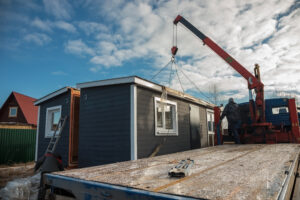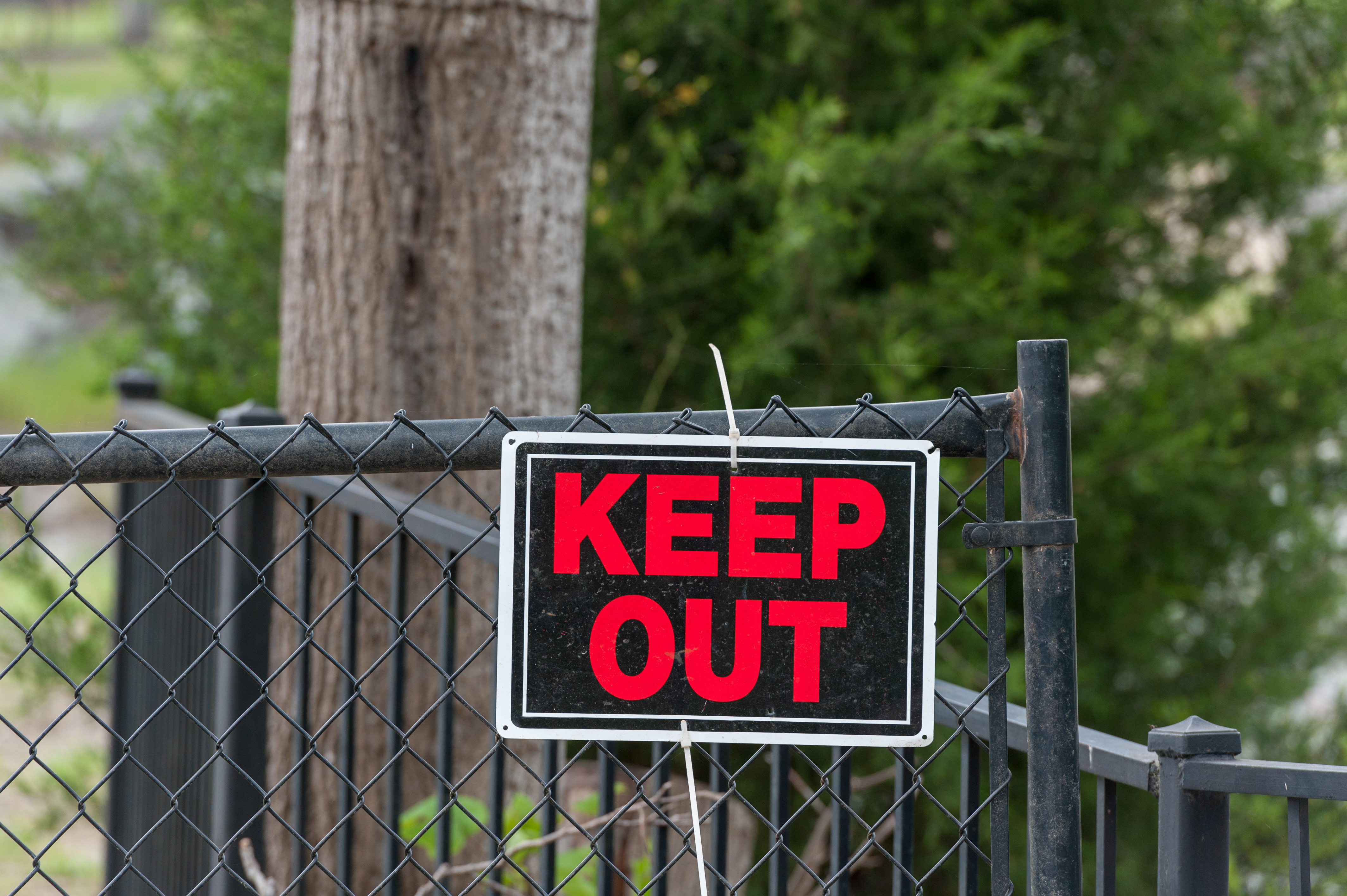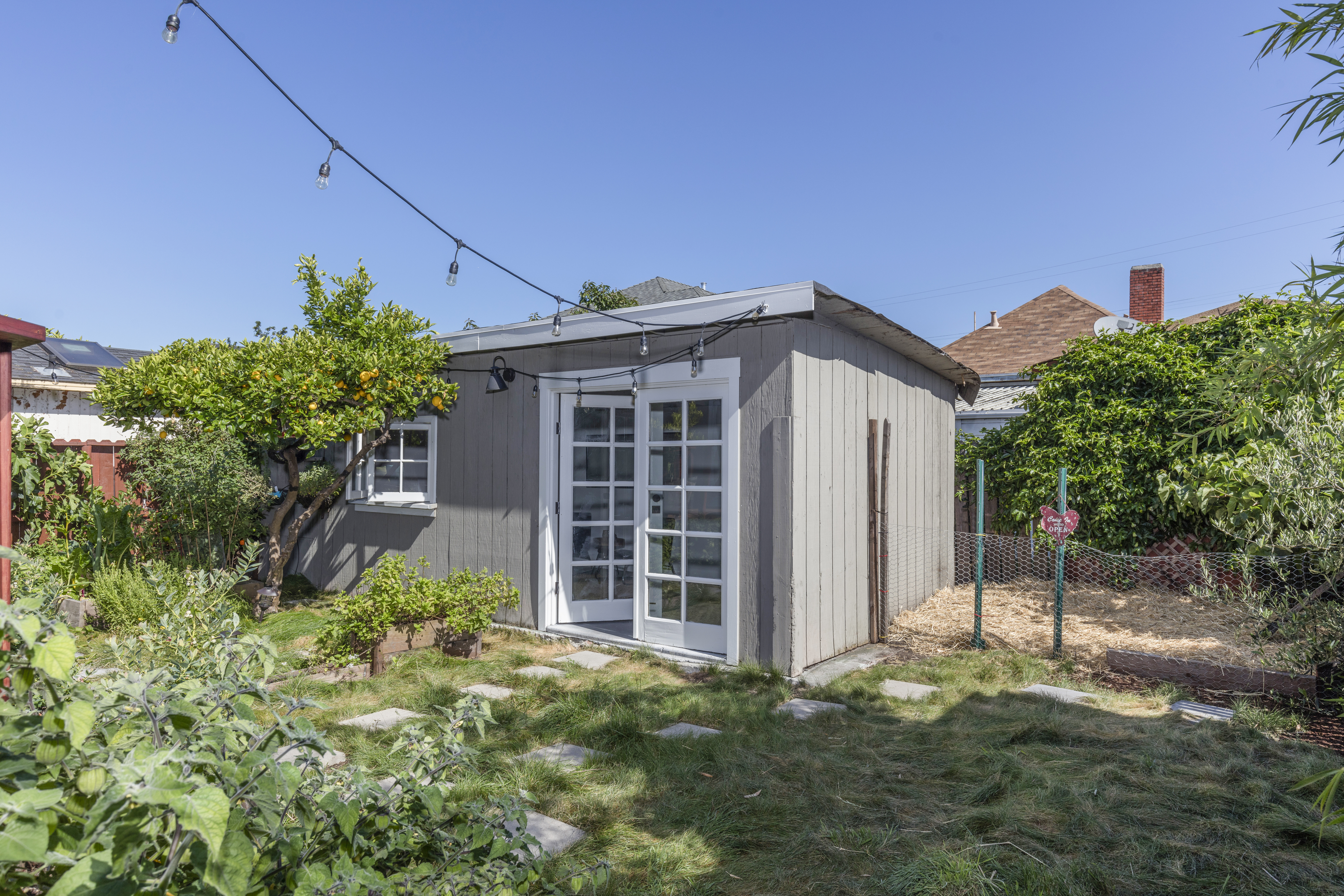 Since it has been several months since I last wrote in this blog about my own ADU project, it seemed that people might be curious to know where things stand. Also, reflecting general increased interest and activity in this type of housing stock, I have been seeing more ADU matters in my own law practice. Given these developments, I thought it was time to revisit this topic.
Since it has been several months since I last wrote in this blog about my own ADU project, it seemed that people might be curious to know where things stand. Also, reflecting general increased interest and activity in this type of housing stock, I have been seeing more ADU matters in my own law practice. Given these developments, I thought it was time to revisit this topic.
When Lisa and I first began talking about the idea of an ADU, we sought a general idea of the cost from a general contractor who works with another professional we know, and it was clear that a “stick-built” ADU would be significantly more expensive than a Villa prefab unit. As we proceed with planning for our home remodel project to follow after we complete our ADU, we continue to see support for that conclusion.
At present, Villa is seeking to resolve certain minor comments that the City of Los Altos made to the ADU plans they submitted in late June in order to obtain final approval. We expect that will occur within the next few weeks. At that point, we expect that the construction of our ADU at the factory and installation on our property will take approximately four to six months.
We might even be further along, however, had we gotten our own survey of our property before starting, as we spent more time than expected on the choice and location of our ADU model due to where I thought our property lines extended. We made a preliminary decision on the model and placement of our ADU based on where I believed the lot lines of our corner parcel to be, but we learned from the survey Villa commissioned for our project that the actual lot lines were about 8’ further in from each street. Since that meant that our ADU would be closer than we expected to the main house, we spent time reconsidering the model and intended placement of our ADU. Had we gotten a survey first, we would have learned this fact sooner and might have made a quicker decision about the selection and placement of our ADU.
Be that as it may, we are still excited about this project and looking forward to being able to move forward with our ADU. We also count ourselves as fortunate, because we find ourselves in a better situation than one that I encountered in my law practice recently. In spite of California’s demonstrated need for housing and the state’s legislative efforts to promote housing construction, there remains substantial resistance to the state’s encouragement of such development (including ADUs) in some circles.
We’ve all heard stories about cities declaring themselves mountain lion habitats as they try to exclude themselves from these laws, and maybe even laughed about their absurdity. Truth be told, however, this intransigence imposes real harm on real people seeking to pursue housing development projects, thus forcing them to take legal action. I have previously noted in this blog how local jurisdictions have been severely punished for improperly placing obstacles in the way of housing development, and it seems this impulse continues unabated.
Recently, a client asked for my assistance in pursuing the approval of an ADU on his property in an unincorporated woodland area within the Coastal Zone here in the Bay Area. Despite the fact that the property’s woodland zoning allowed residential use, and that the client had previously built an approved primary residence on the property, the local authority refused to allow an ADU on the property based on its restrictive Coastal Zone ADU ordinance, which allows ADUs only in areas zoned R1, R2 or R3, even if residential use is otherwise allowed, as with this property. Unless my client wants to bring a lawsuit against that jurisdiction challenging its overrestrictive ordinance, however, he will be unable to add an ADU to his property, despite the broad language of state law allowing ADUs to be built wherever zoning allows residential use (not just R1, R2 or R3 zones).
As the state keeps trying to get more housing built in California, local governments keep pushing back against its efforts, and it is unclear to me whether the state’s current actions can overcome their opposition. Even in the ADU arena, which ought to be relatively smooth sailing, getting past those barriers continues to be challenging. While it may be a tough slog, however, it is important to keep up the efforts, as the rewards are substantial and the consequences of failure are stark.



